On a daily basis, my perception of Bryn Mawr’s campus reflects how I’m feeling about my school. Is our suburban location an oasis from the world, or uneasily isolated from it? Are the antique dorms charming or outdated? Are the broad lawns bucolic, or a nuisance to navigate without getting your shoes muddy?
Transcending my personal experiences, the one universal feeling about Bryn Mawr’s campus is the awestruck reverence that grips almost every first-time visitor when they see our oldest buildings. Rock, the Pems, Goodhart, Old Library, and many others were built with the intention of commanding respect. They invoke tradition. They promise an initiation to a ritualized way of life and an elevated language. Inspired by the Gothic styles of Oxford and Cambridge, then-Dean M. Carey Thomas oversaw the creation of many new buildings, hoping to echo their grandeur, and thus imbue Bryn Mawr with a sense of legitimacy and heritage that many did not want to recognize in an institution for women. In my sophomore-year medieval art and architecture class, we learned how our campus is reminiscent of an abbey from the Middle Ages; Rock’s curving exterior walls ward off prying eyes and intruders, while the innermost cloisters represent a place of utmost safety and sacredness, for those who are welcomed inside.

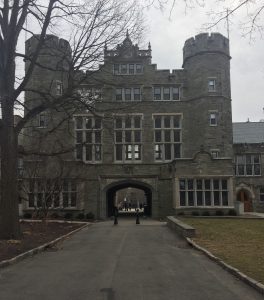
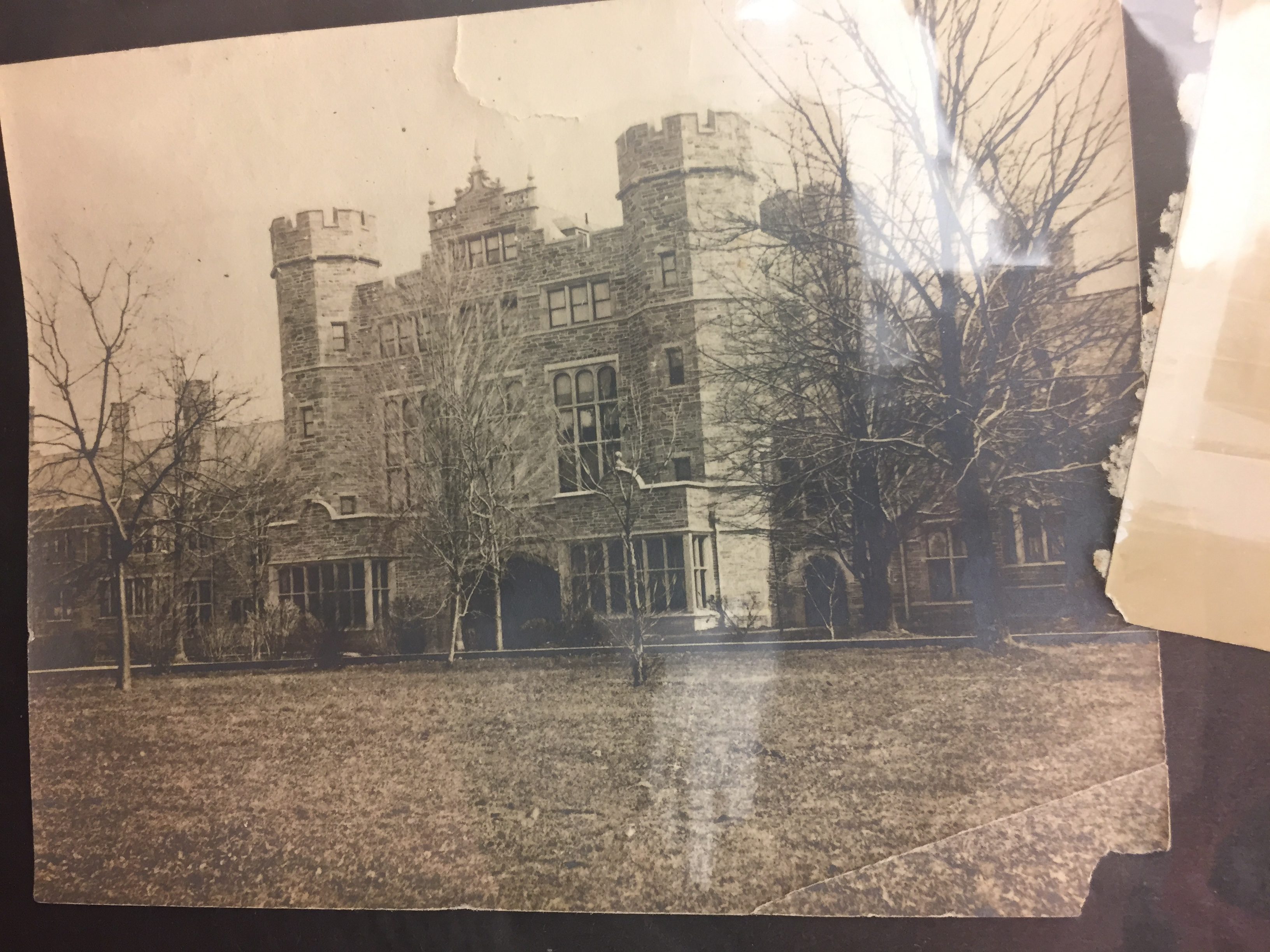
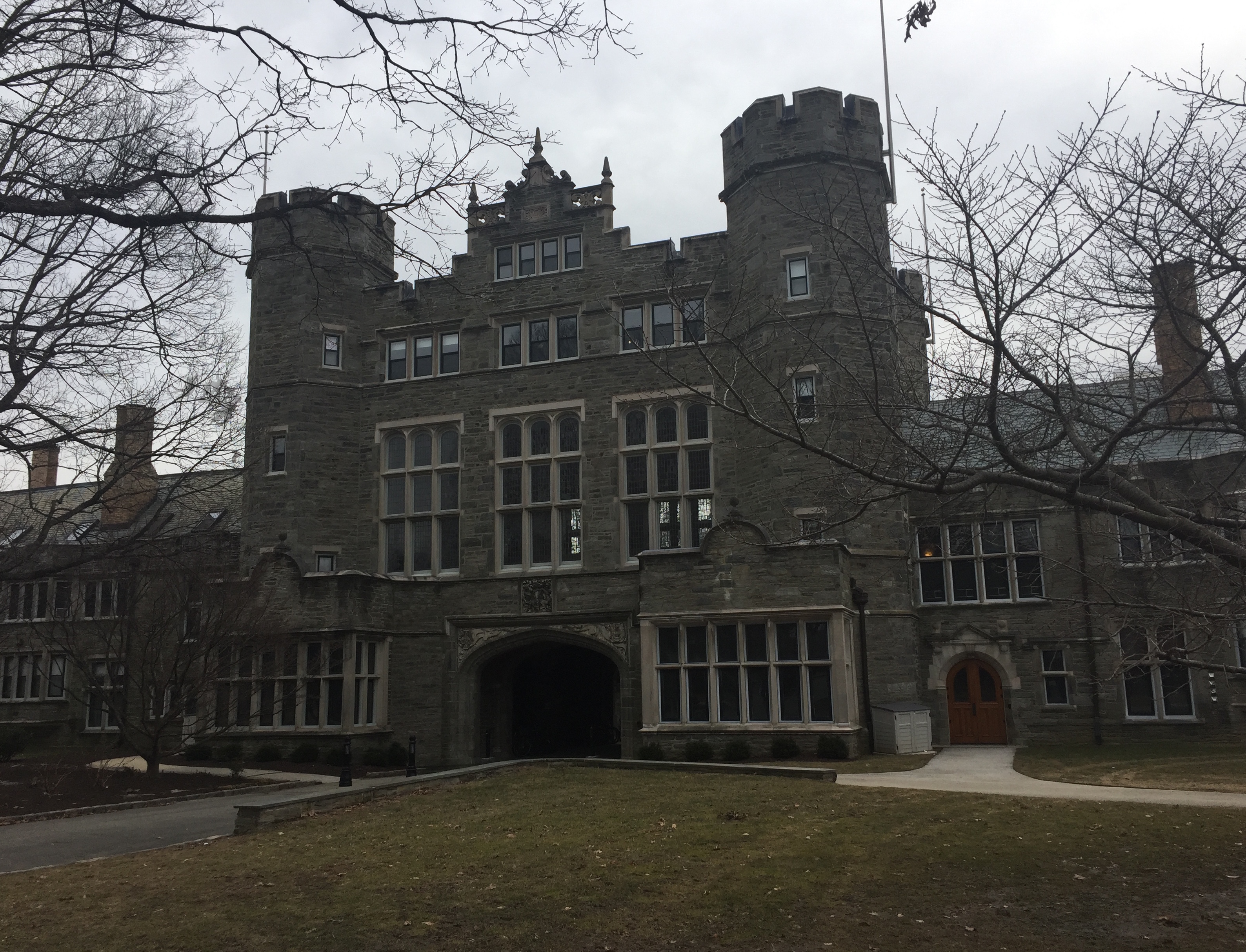
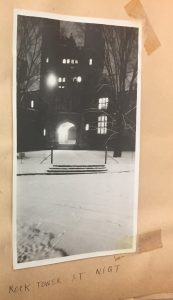
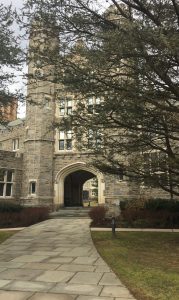 After attending an event co-hosted by Bryn Mawr College Hillel and Bryn Mawr Special Collections, I was thinking about the continuity of history, or lack thereof. Bryn Mawr’s historic architecture could be assumed to represent an unbroken lineage, lanterns passed down generation to generation without disruption. To the contrary, every new class recreates and reimagines our traditions. Not only do small aspects of the school’s culture shift over the decades—we no longer have class plays, for instance, as the student body has grown much too large—but our institutional values and mission develop as well. In Special Collections, I got to look at one of Thomas’s letters, in which she acquiesced to parents demanding their daughter be assigned a new roommate after finding out that her original roommate was Jewish, eventually leading to the policy of segregating Jewish students to particular housing.
After attending an event co-hosted by Bryn Mawr College Hillel and Bryn Mawr Special Collections, I was thinking about the continuity of history, or lack thereof. Bryn Mawr’s historic architecture could be assumed to represent an unbroken lineage, lanterns passed down generation to generation without disruption. To the contrary, every new class recreates and reimagines our traditions. Not only do small aspects of the school’s culture shift over the decades—we no longer have class plays, for instance, as the student body has grown much too large—but our institutional values and mission develop as well. In Special Collections, I got to look at one of Thomas’s letters, in which she acquiesced to parents demanding their daughter be assigned a new roommate after finding out that her original roommate was Jewish, eventually leading to the policy of segregating Jewish students to particular housing.
This blog post was originally intended to be a then-and-now, comparing some vintage Bryn Mawr photos with snapshots I took this semester, but now I feel unsure about the implications of such a project. Yes, the collegiate-Gothic Pembroke Arch still stands, adorned with Athena’s shield. And yes, Goodhart still looms over the pond, its iron lanterns and peaked arches as anachronistic and wonderful as they were when the building was finished in 1928. But they are the unchanging exterior of a community that has radically transformed, and will continue to do so.
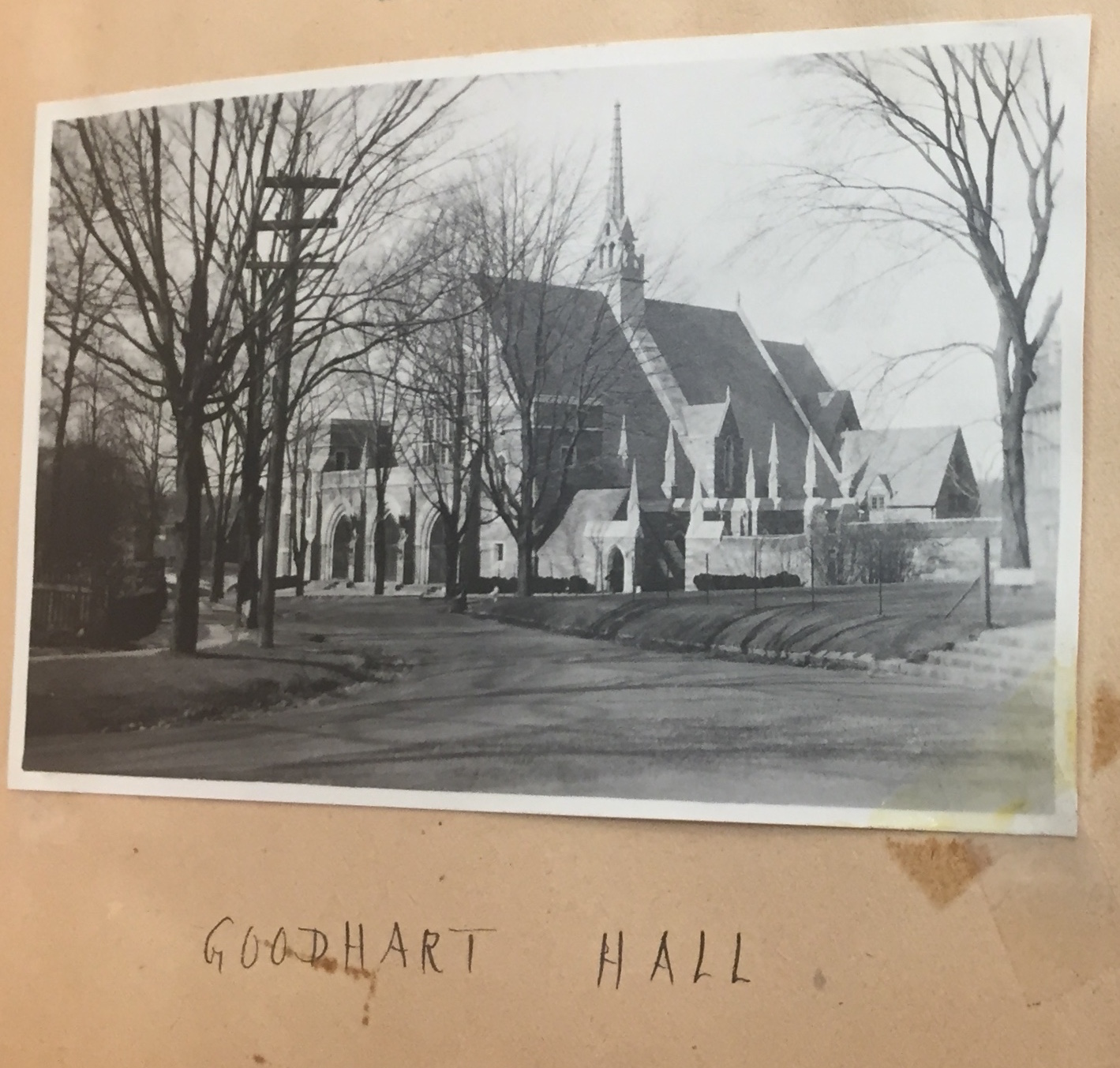
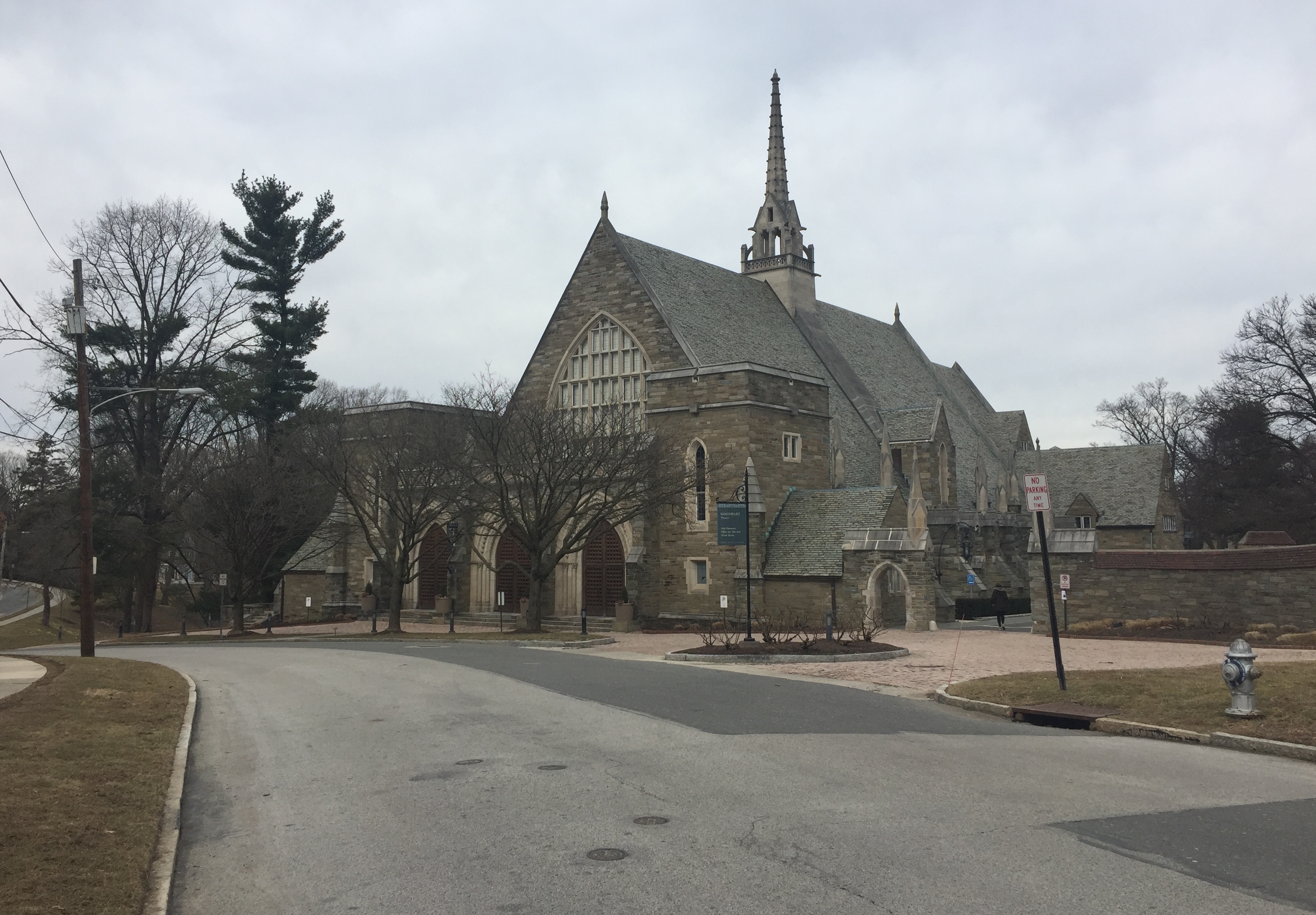
It is a privilege to live and learn in such beautiful castles that have stood for so long. It is also a privilege to be given daily opportunities to reshape tradition and expand the bounds of academia. If I come back to visit in twenty years, I will be looking to revisit happy memories that are enshrined, in a way, in the physical landscape of the college. Although these memories will always be preserved as my individual understanding of Bryn Mawr, I fully expect that I will one day return to find a place that does not recognize me, nor I it. A healthy institution adapts according to the needs of the people who are here presently, while still retaining its place in the memories and hearts of those who have passed through and left their mark.
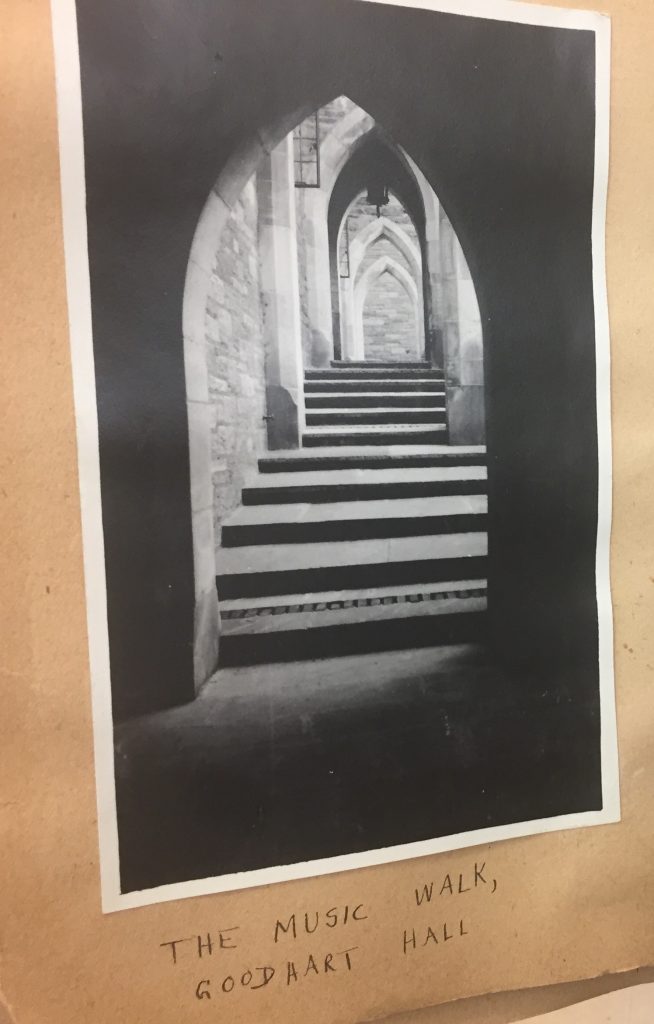
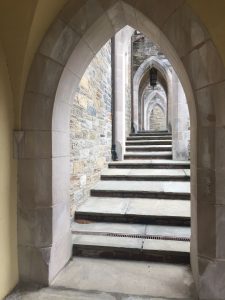
The archival images come from Special Collections, and were taken around the 1930s.
For more information about Bryn Mawr’s architectural history, I would recommend looking at the 1985 report available here.
